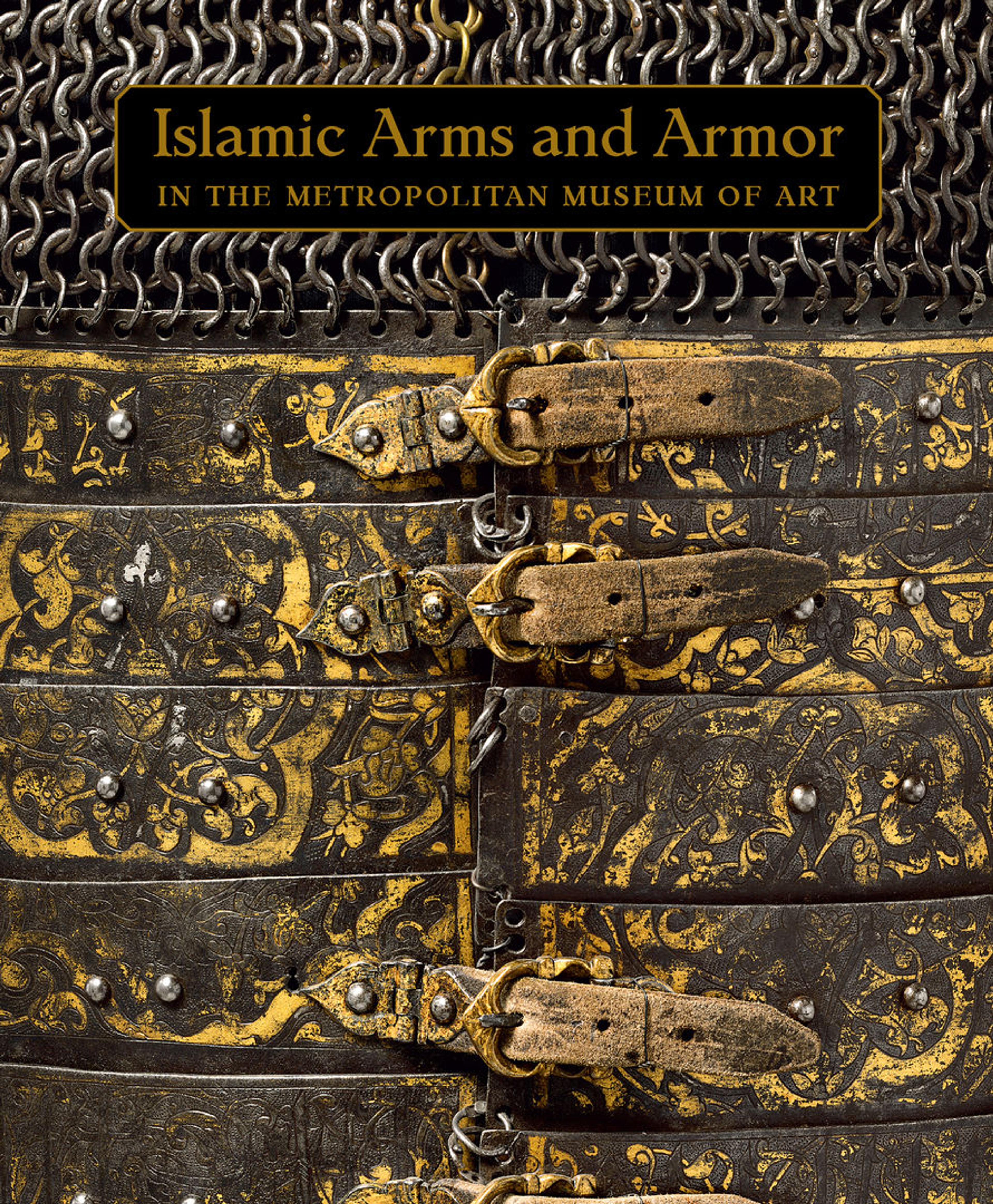Saber (Kilij) with Scabbard
This type of Ottoman saber, with its distinctive curled “pistol grip” and cruciform guard, was used throughout Turkey and North Africa from the eighteenth century. Following Napoleon’s invasion of Egypt in 1798, the type, widely referred to as a “Mamluk” saber, became popular for European and North American officers’ swords and remains in use today. The blade of this example bears the false signature of Haji Sunqur, a legendary swordsmith active in Istanbul in the early sixteenth century.
Artwork Details
- Title:Saber (Kilij) with Scabbard
- Date:hilt and scabbard, 19th century; blade, probably late 18th–early 19th century
- Culture:Hilt, Turkish or North African; blade, Iranian
- Medium:Steel, gold, horn (rhinoceros), wood, leather
- Dimensions:H. with scabbard 36 1/2 in. (92.7 cm); H. without scabbard 35 1/2 in. (90.2 cm); H. of blade 30 3/4 in. (78.2 cm); W. 5 1/4 in. (13.3 cm); Wt. 1 lb. 8.3 oz. (688.9 g); Wt. of scabbard 14 oz. (396.9 g)
- Classification:Swords
- Credit Line:Bequest of George C. Stone, 1935
- Object Number:36.25.1292a, b
- Curatorial Department: Arms and Armor
More Artwork
Research Resources
The Met provides unparalleled resources for research and welcomes an international community of students and scholars. The Met's Open Access API is where creators and researchers can connect to the The Met collection. Open Access data and public domain images are available for unrestricted commercial and noncommercial use without permission or fee.
To request images under copyright and other restrictions, please use this Image Request form.
Feedback
We continue to research and examine historical and cultural context for objects in The Met collection. If you have comments or questions about this object record, please contact us using the form below. The Museum looks forward to receiving your comments.
